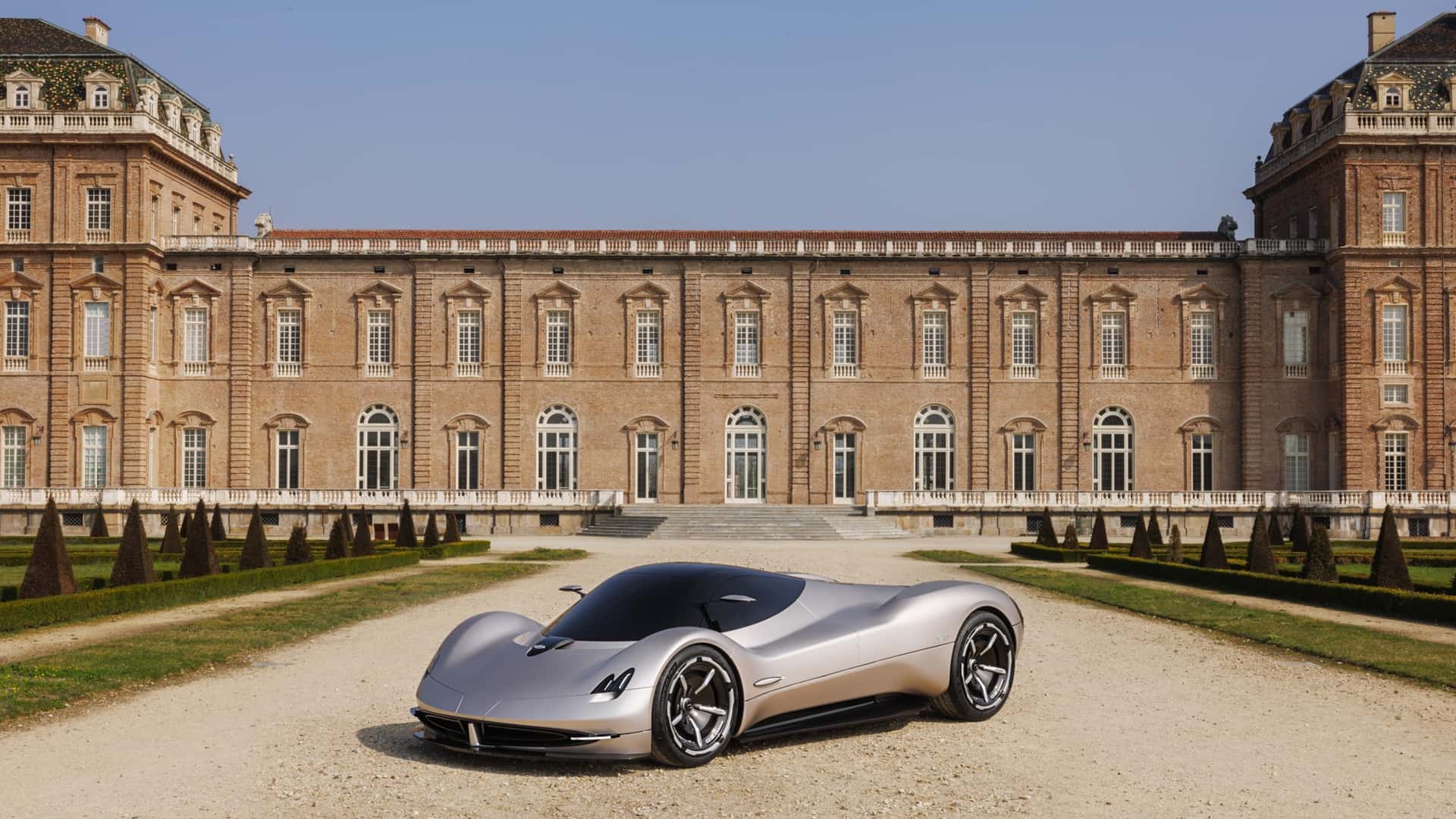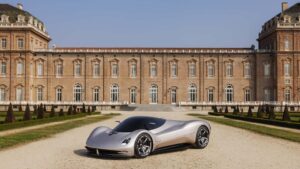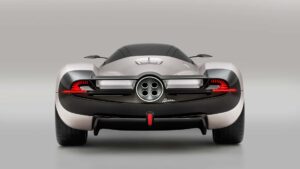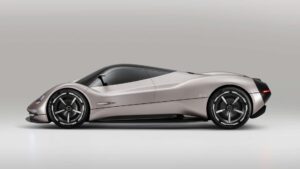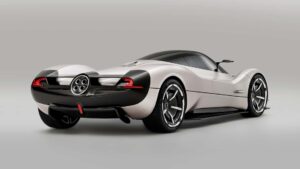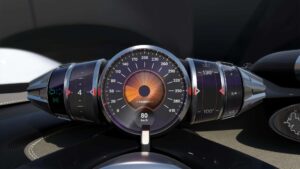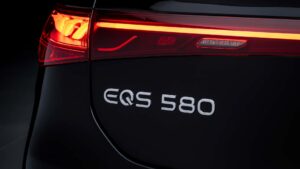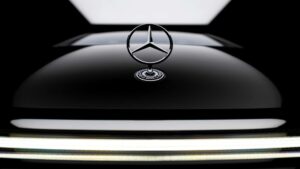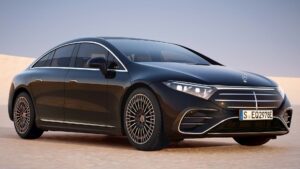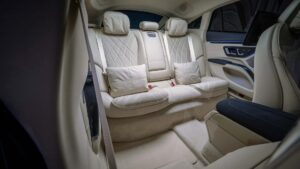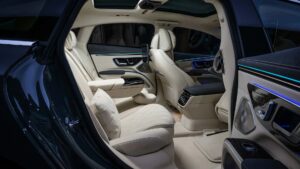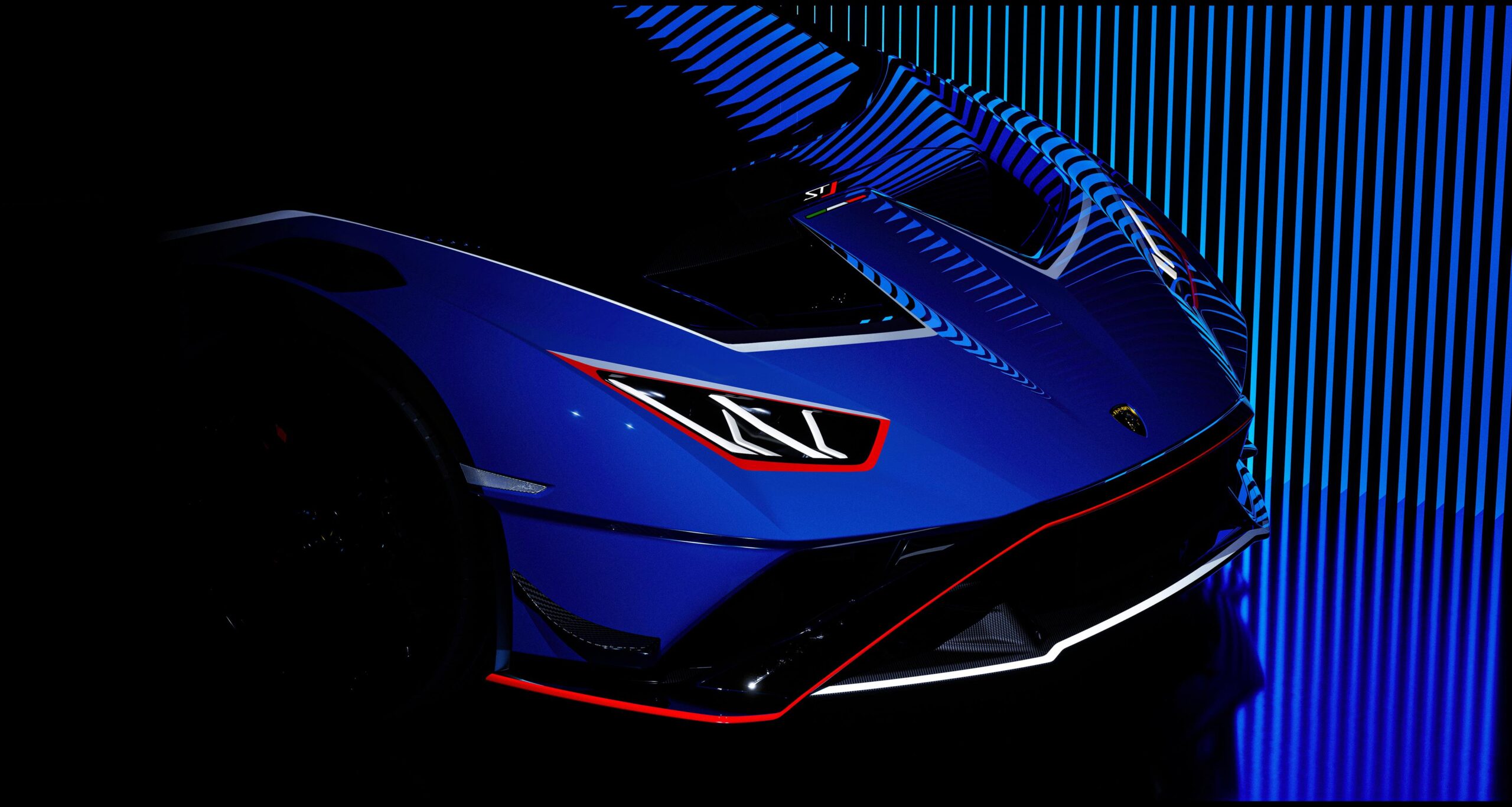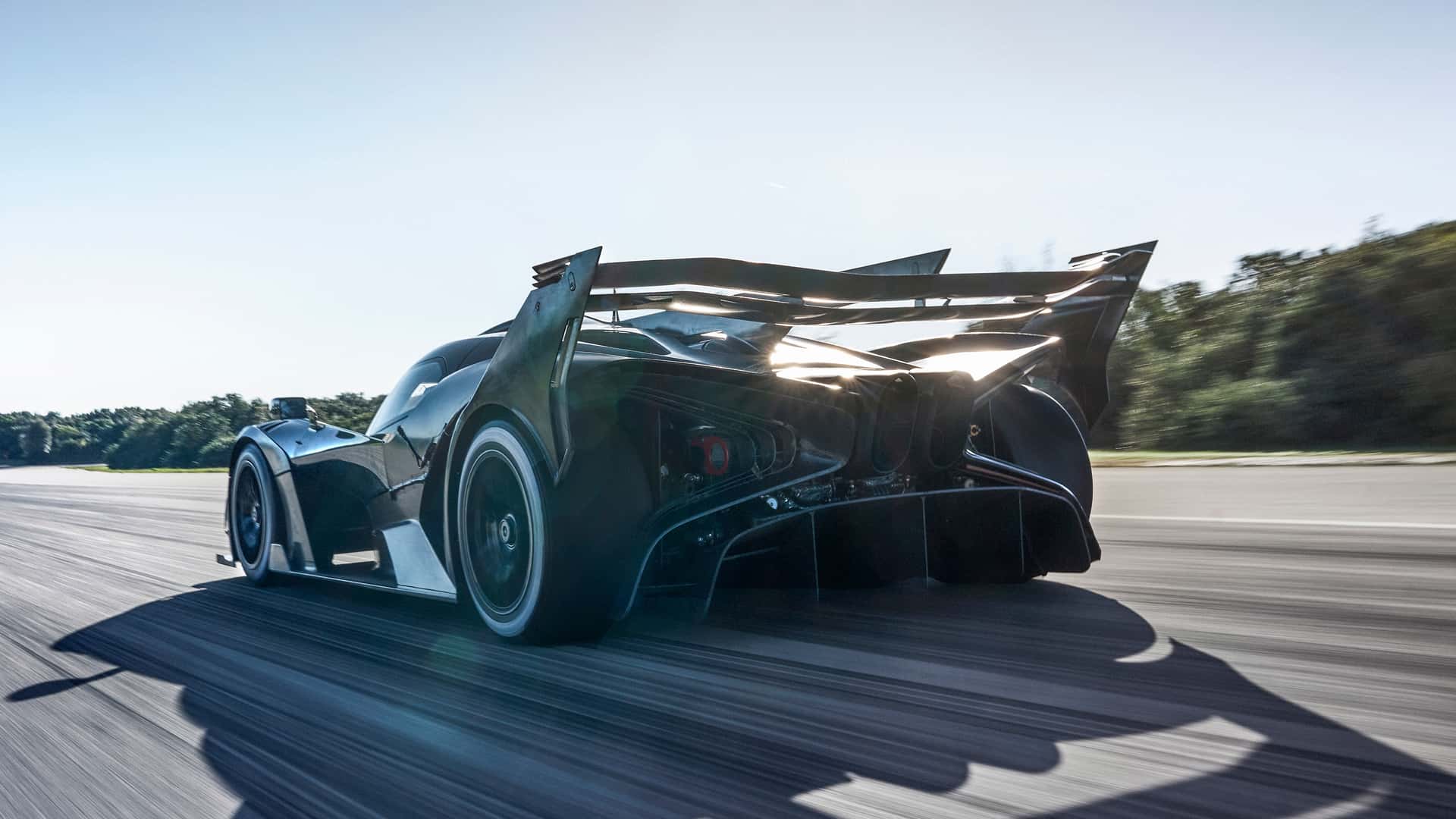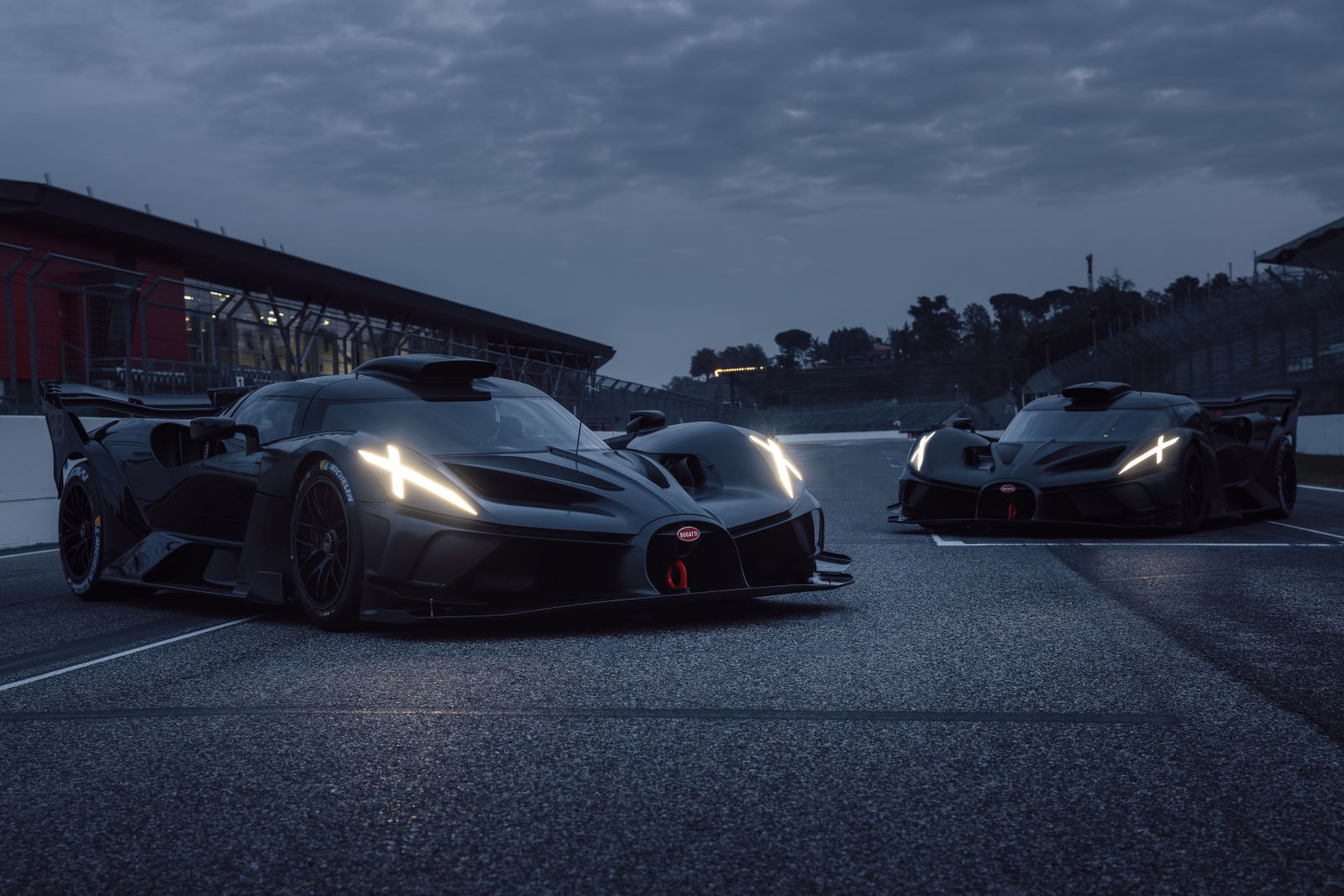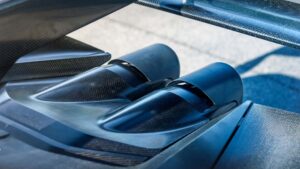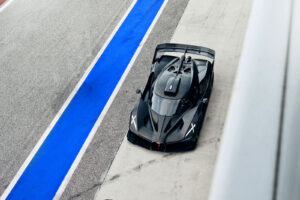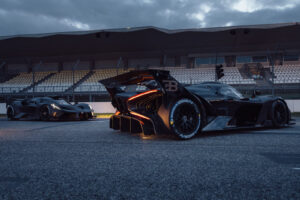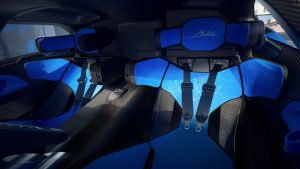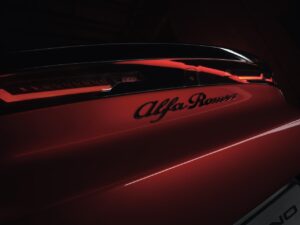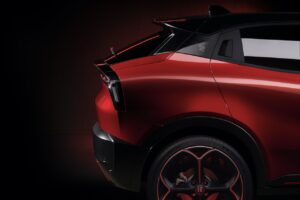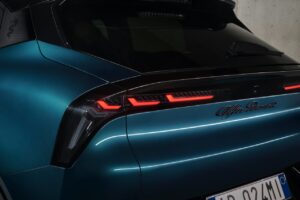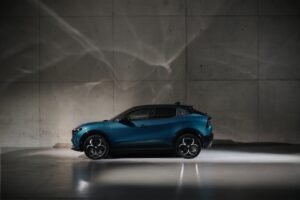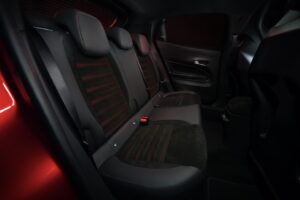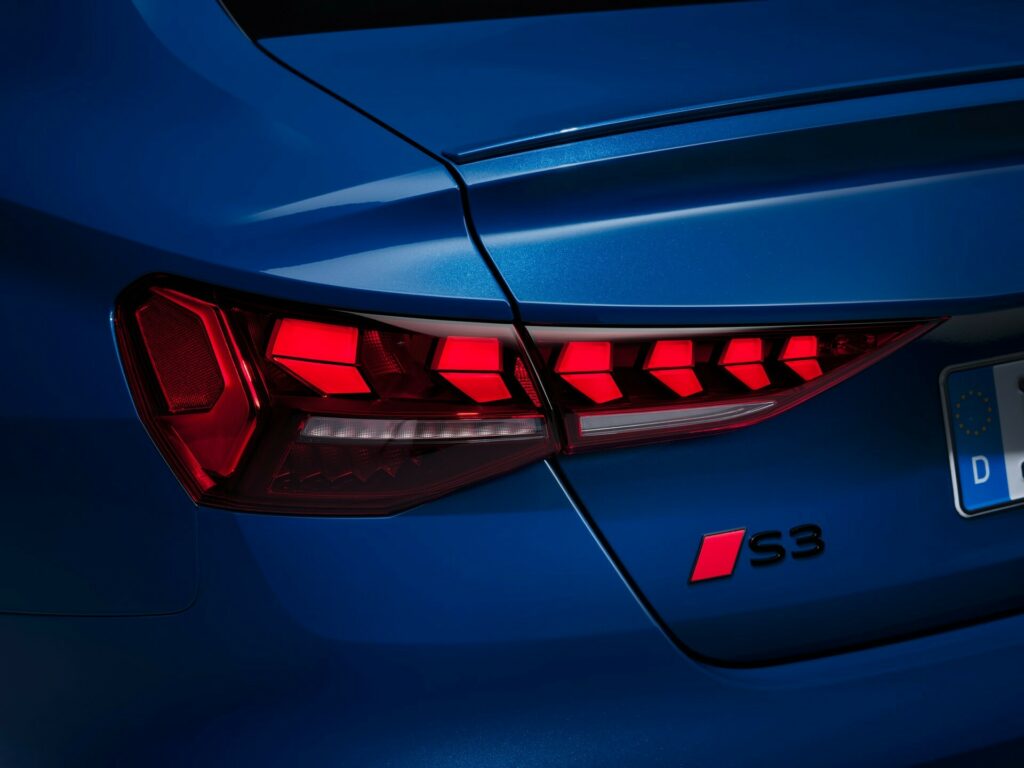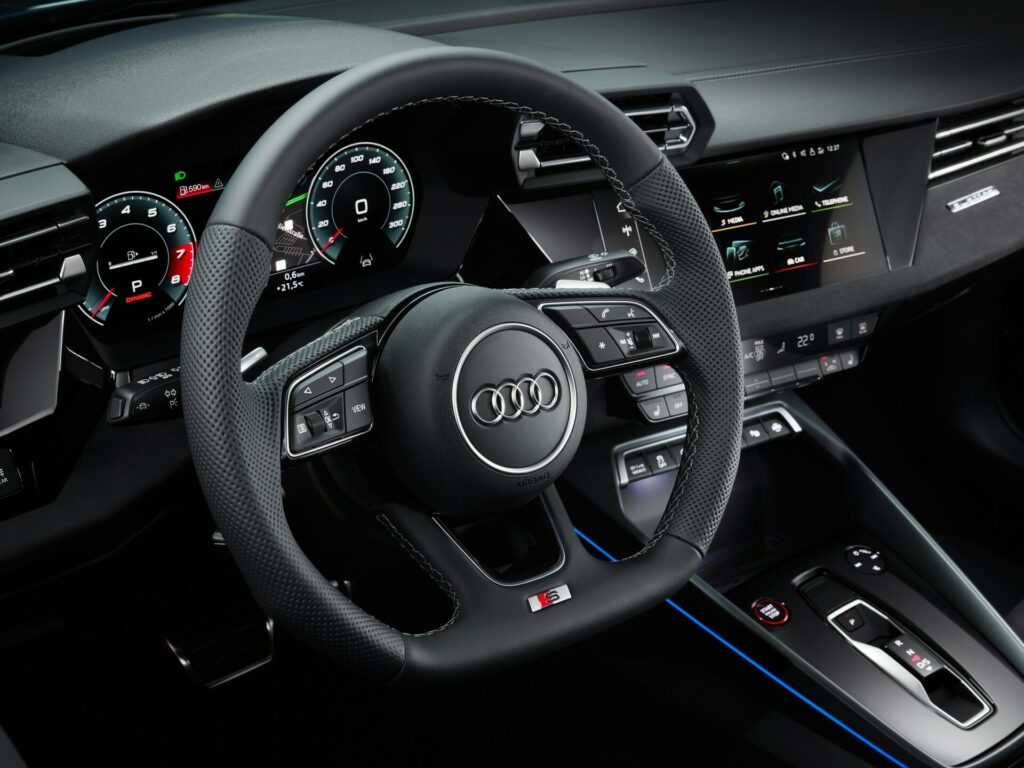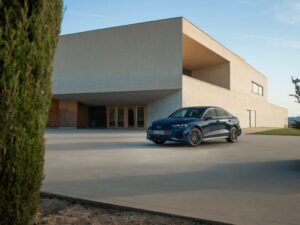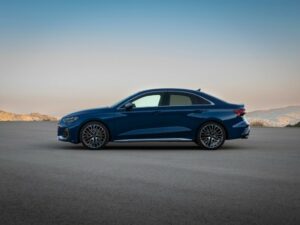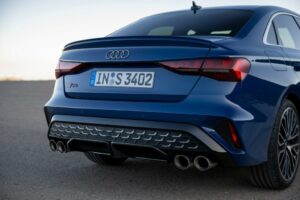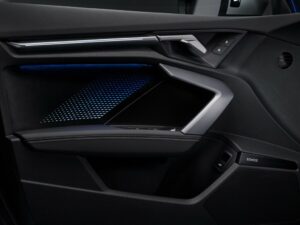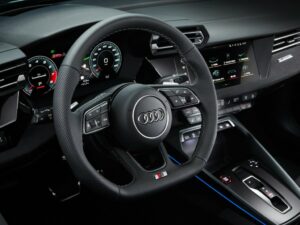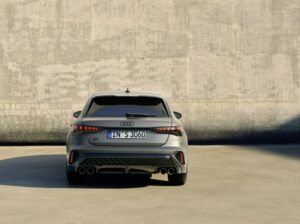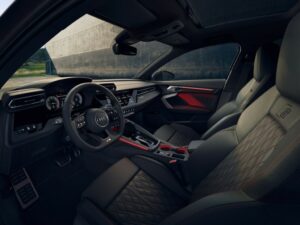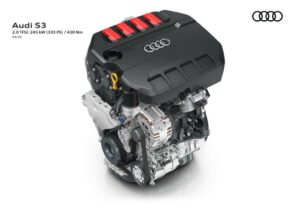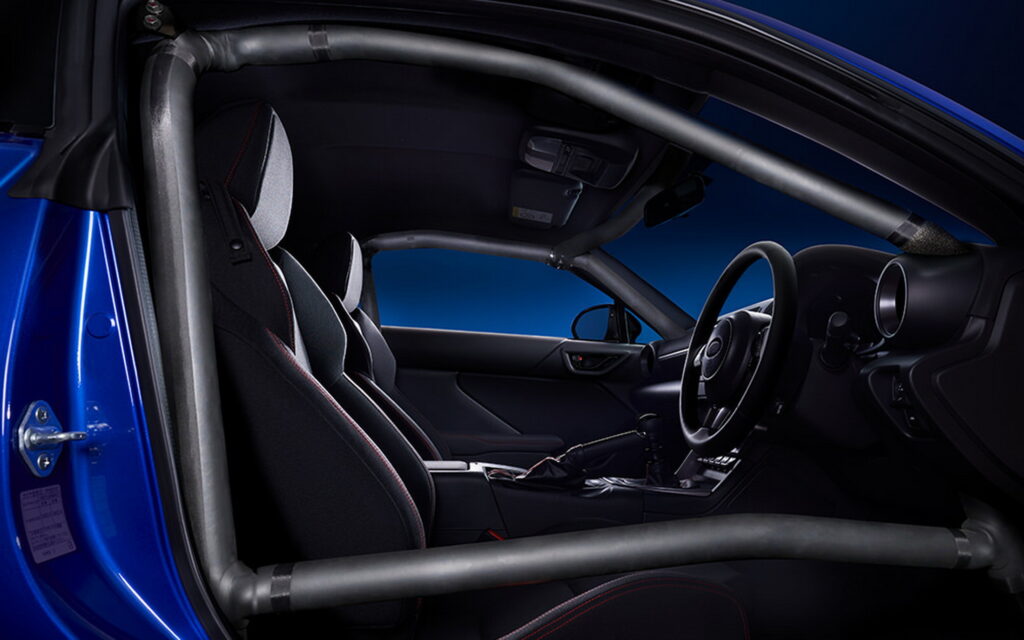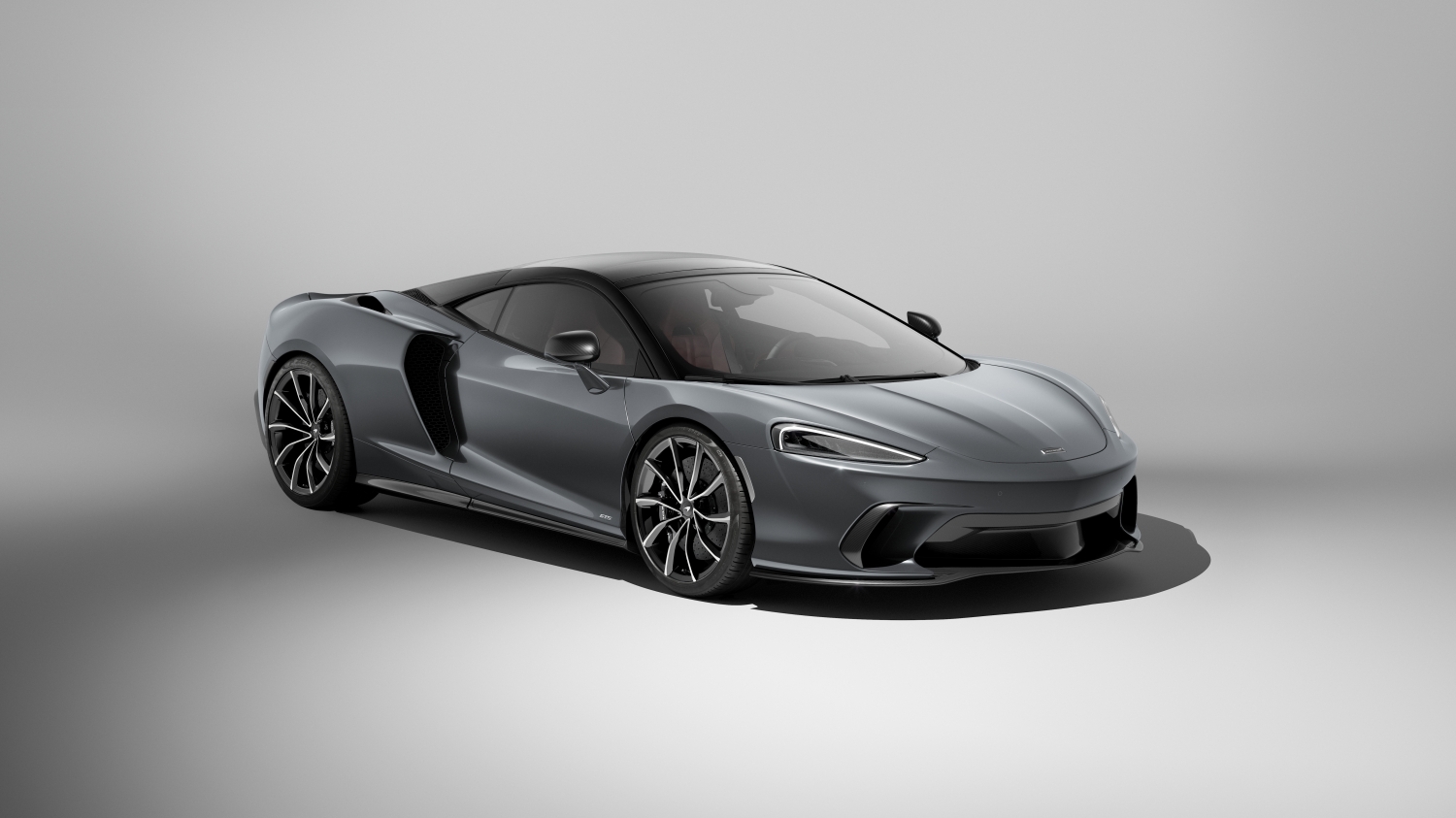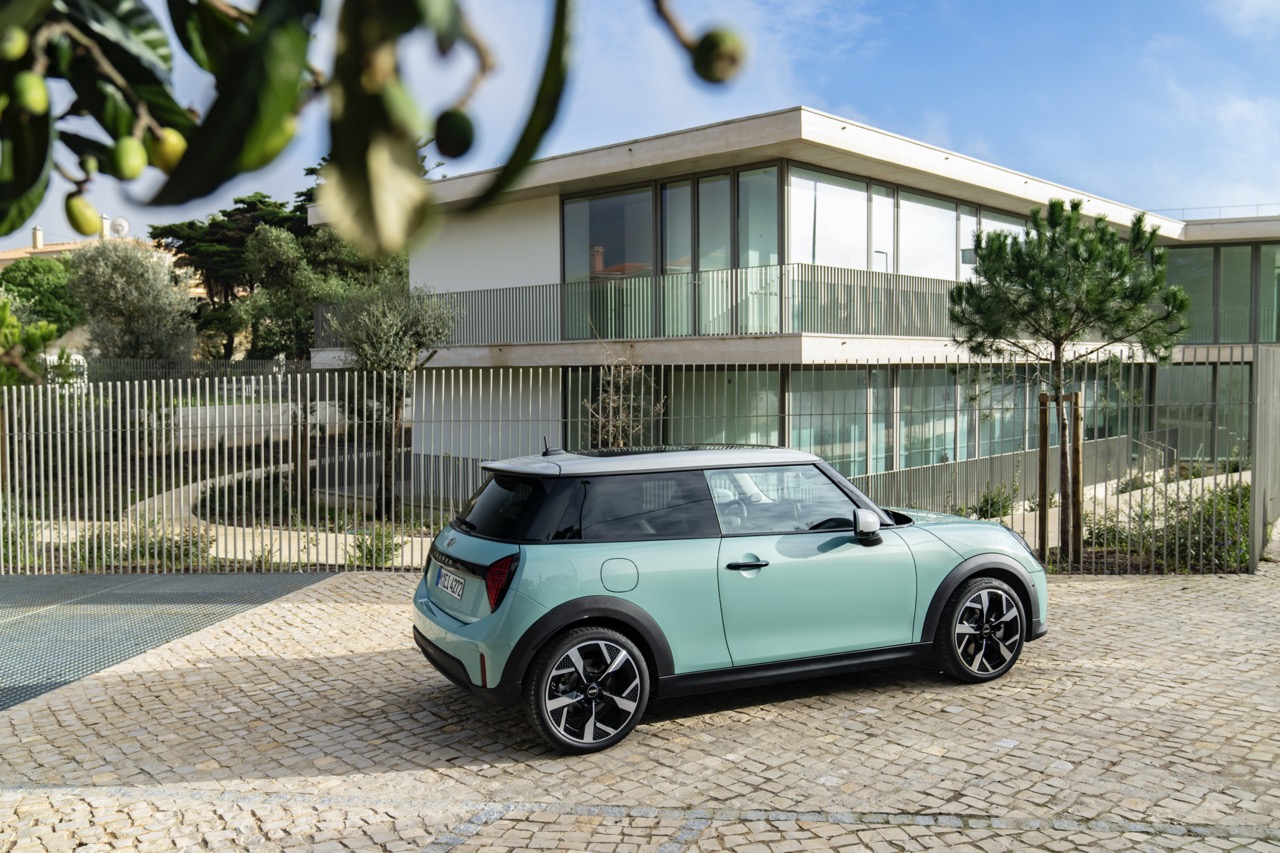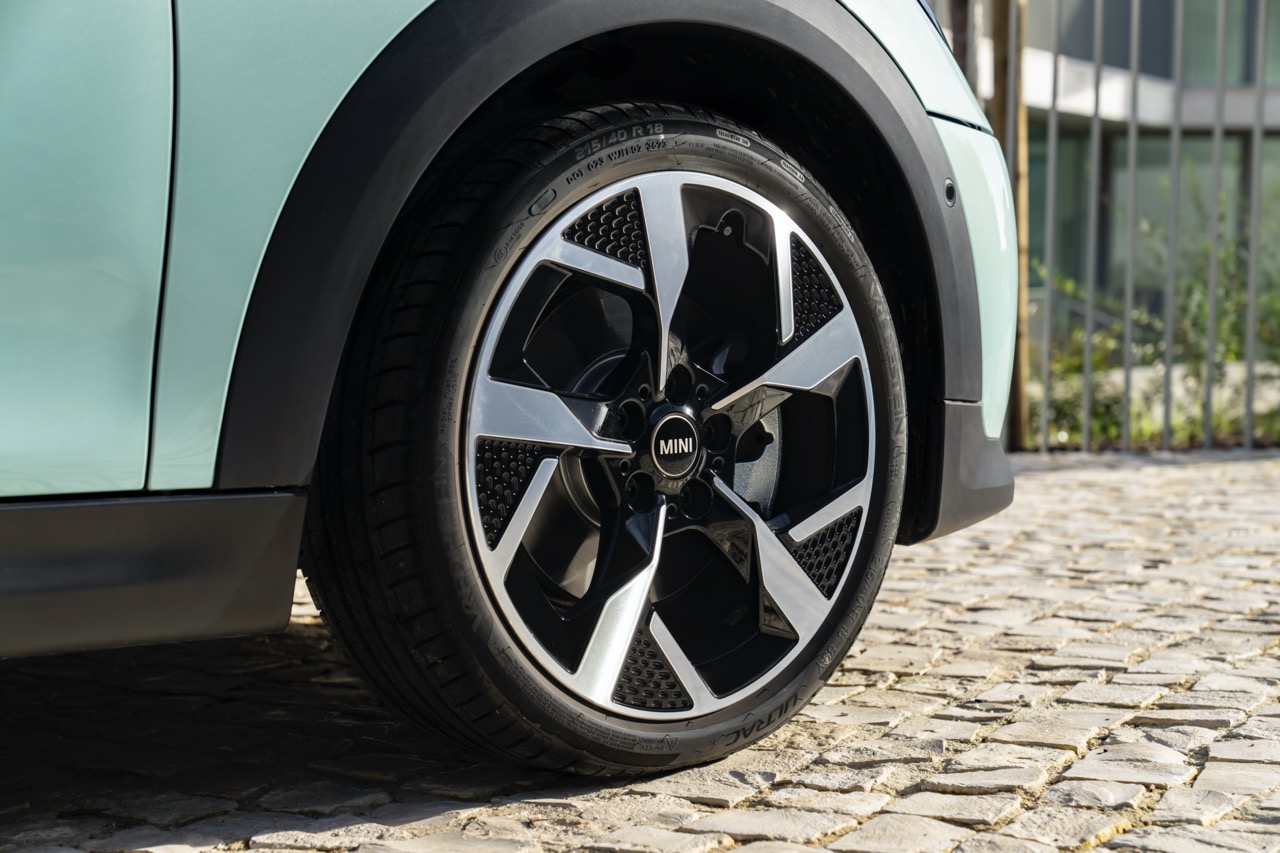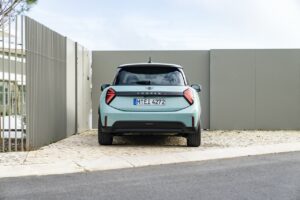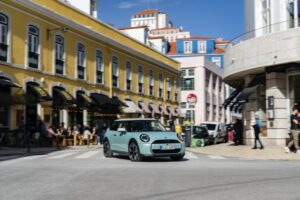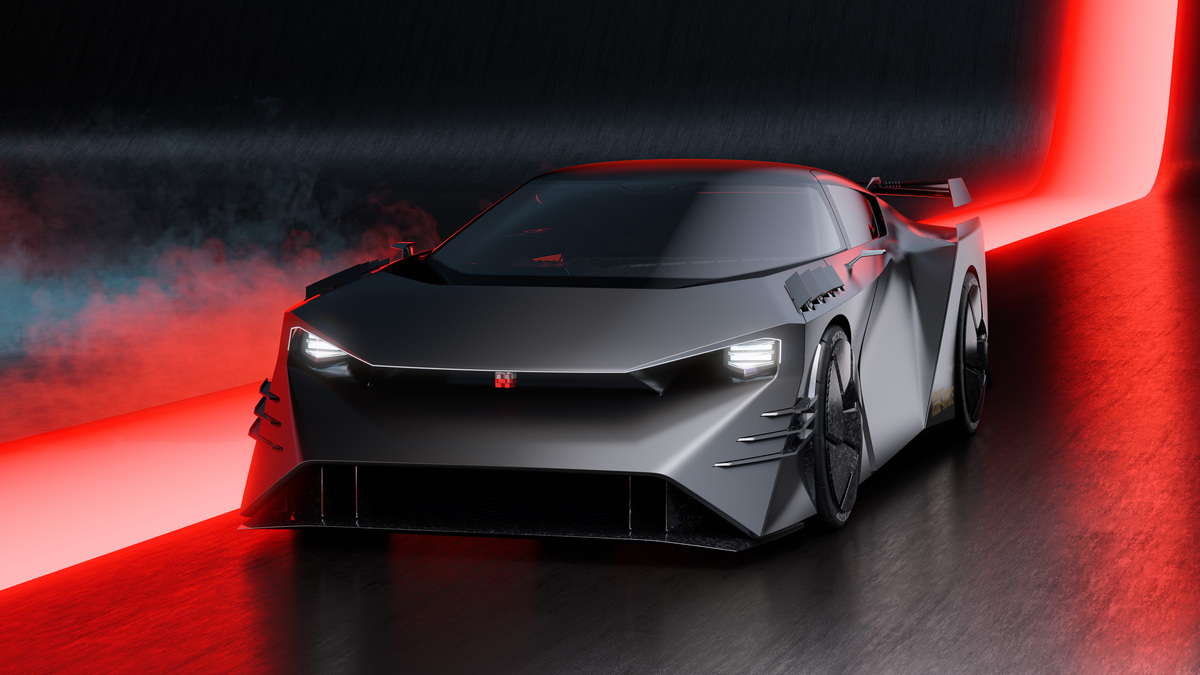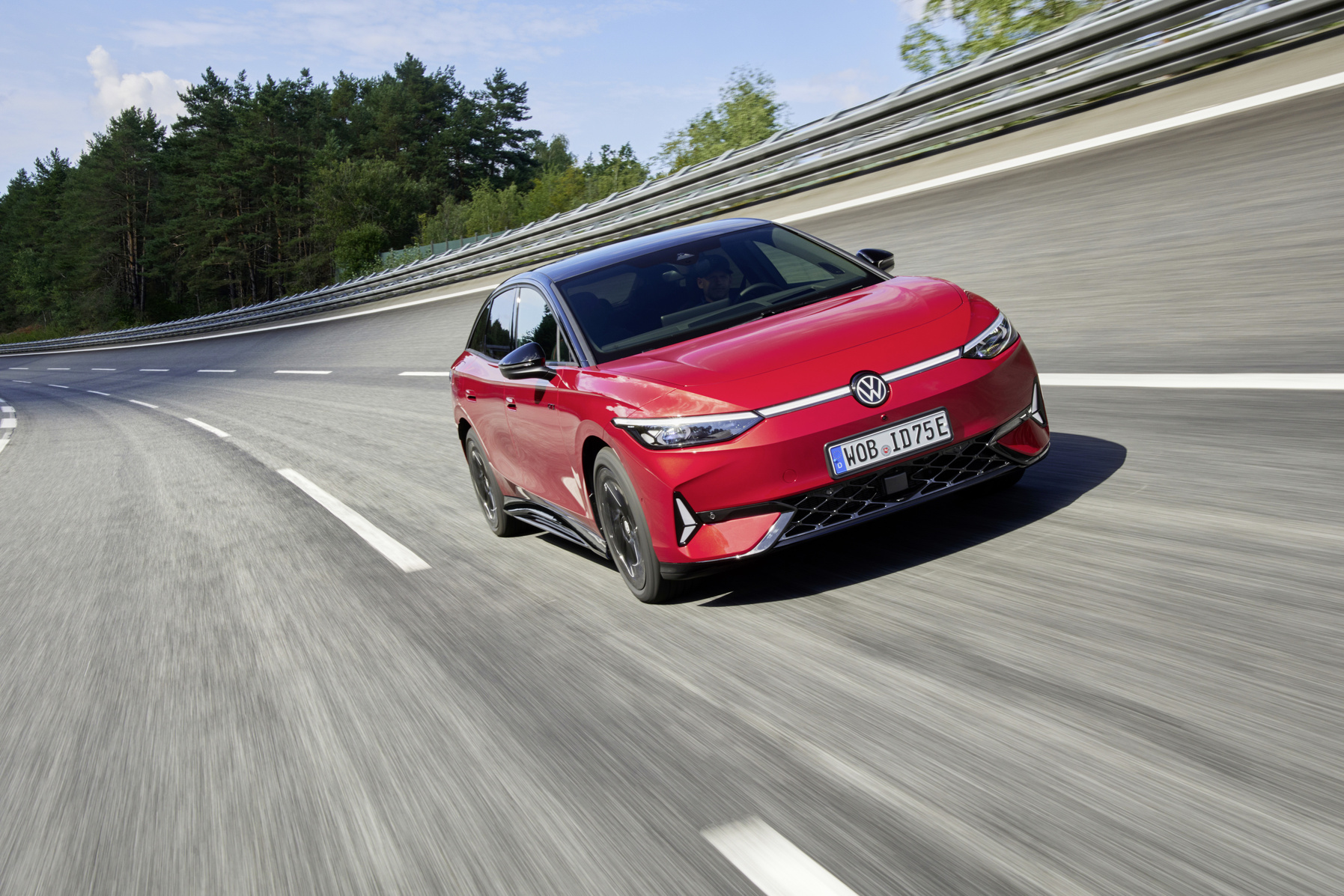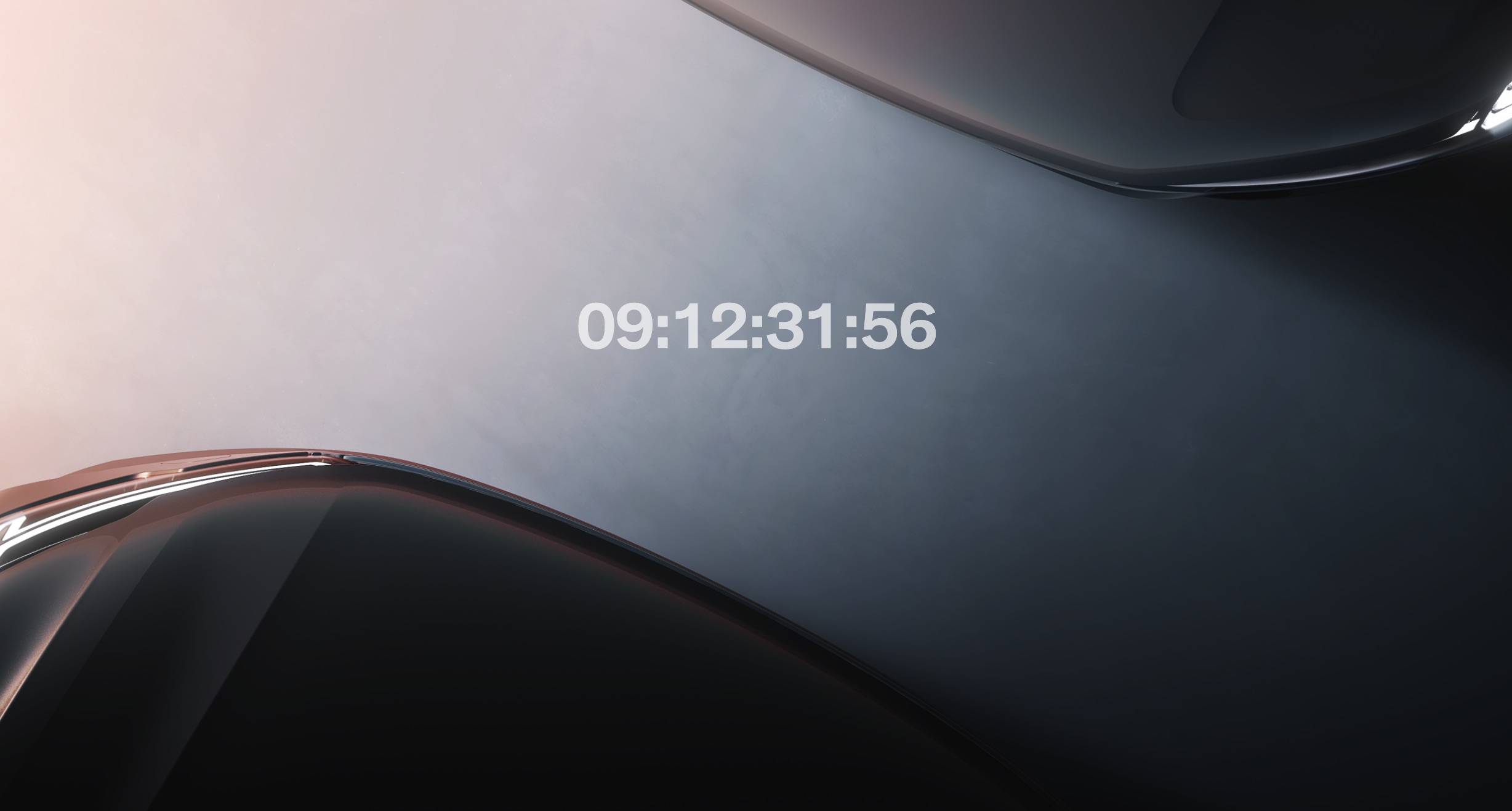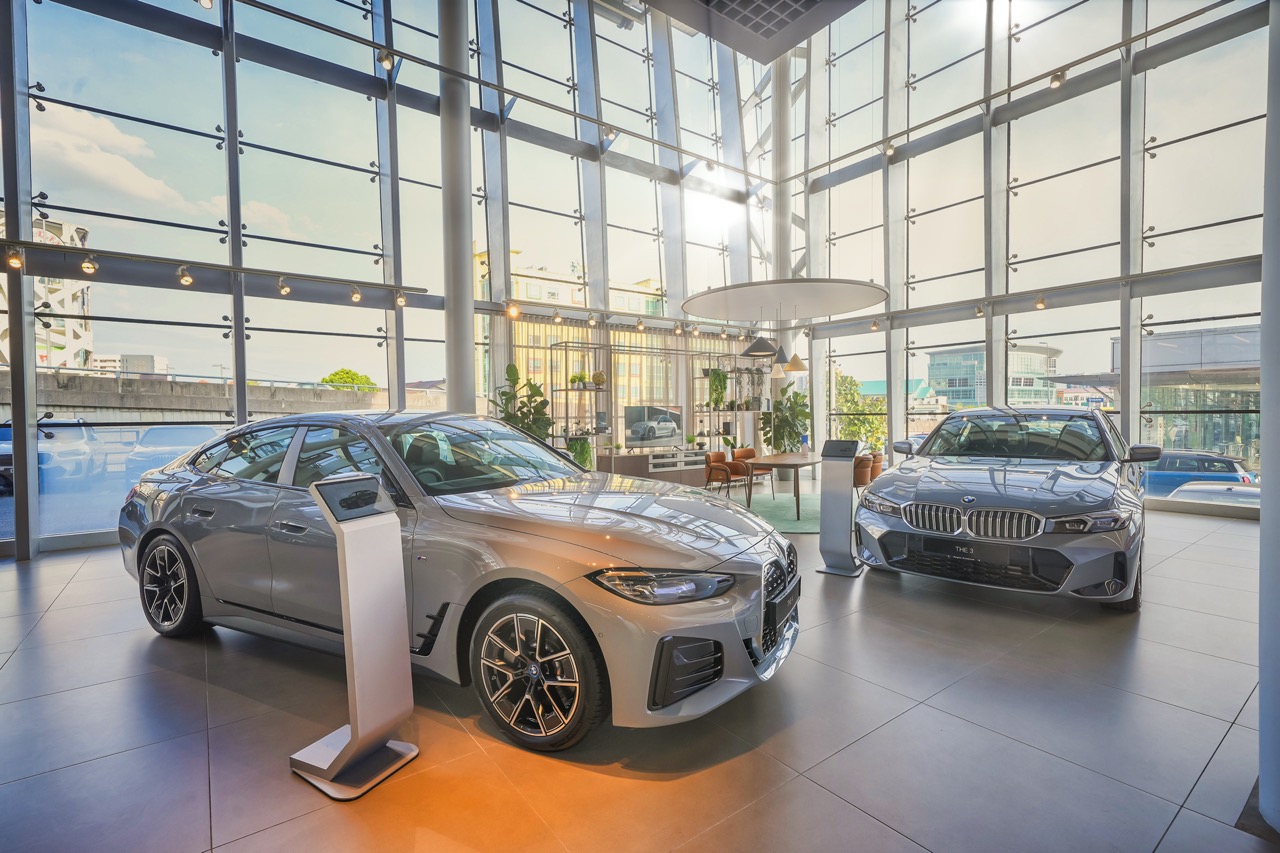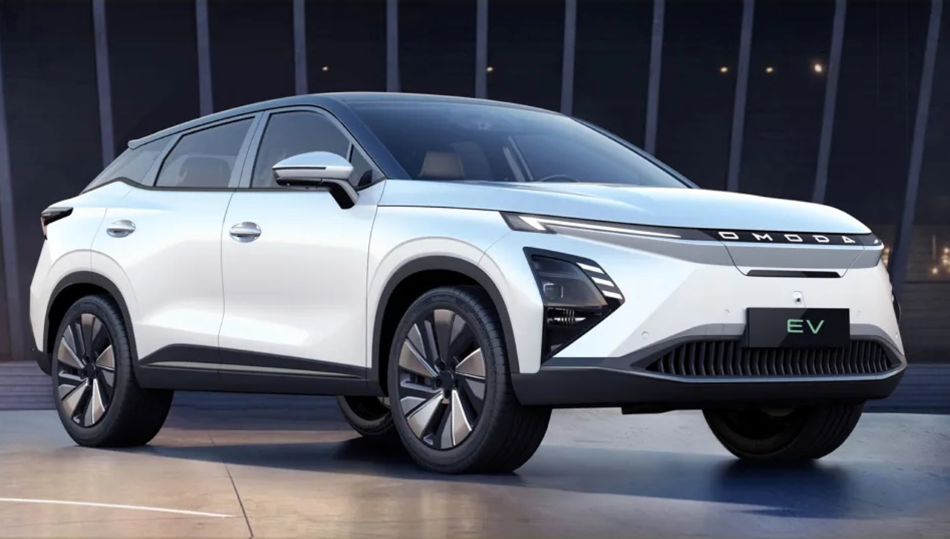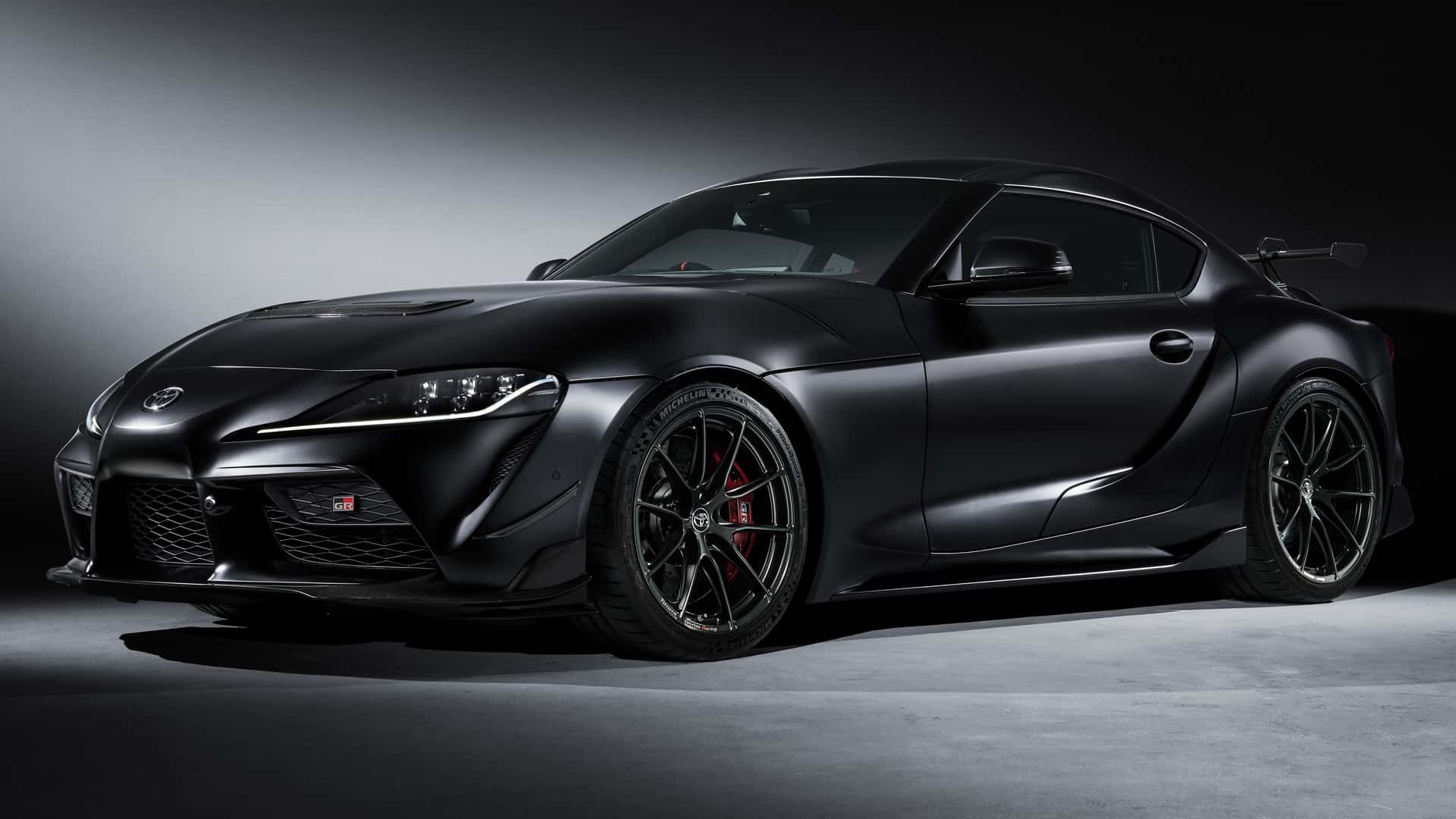Alfa Romeo has unveiled the Milano as its latest addition to the SUV lineup and its first-ever series-production electric car.
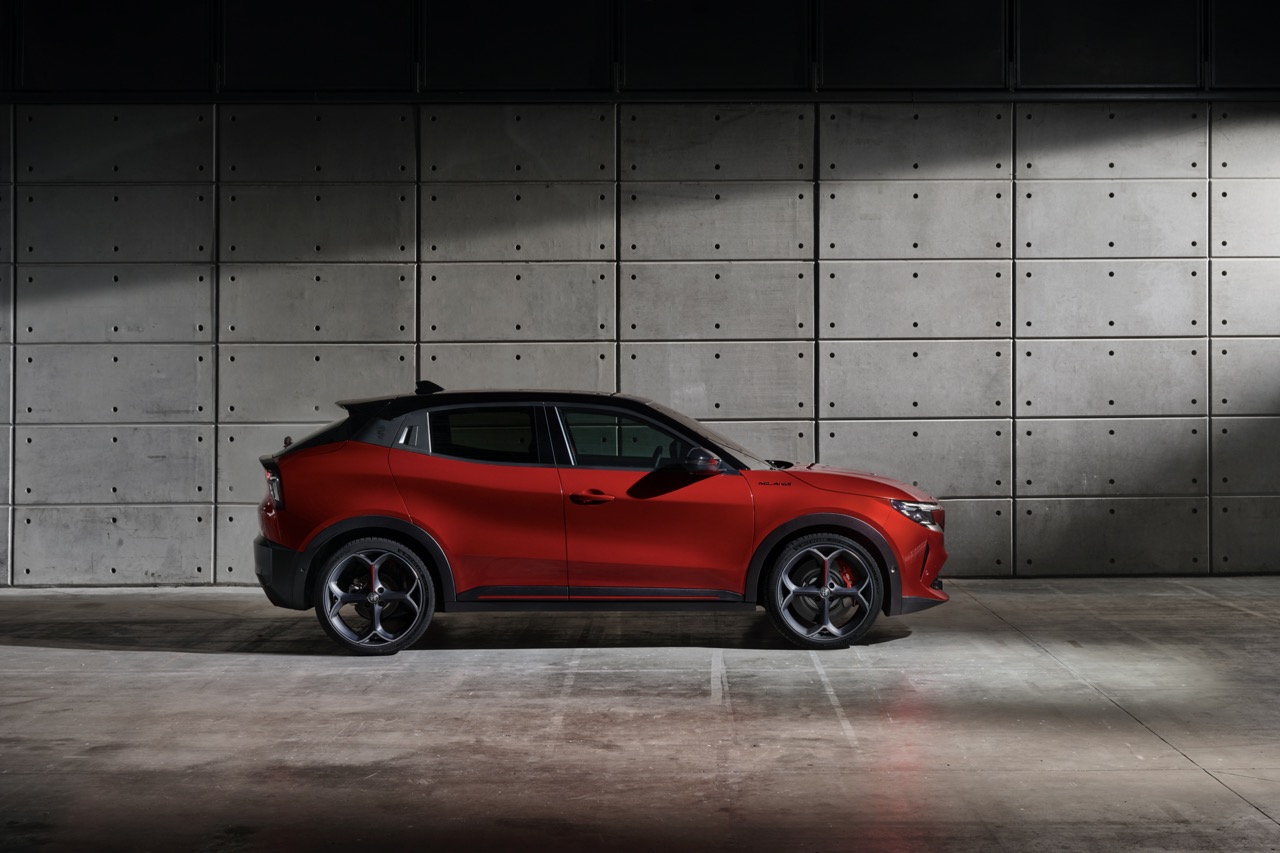
Named after the brand’s hometown, the Milano is an urban-focused crossover that aims to capture the essence of the Giulietta and Mito hatchbacks while offering premium appeal and engaging driving dynamics to attract a new generation of Alfisti.

Jean-Philippe Imparato, Alfa Romeo boss, stated that the Milano is designed to transition the brand “from exclusive to inclusive,” emphasising its position alongside the ultra-exclusive 33 Stradale. He noted, “Alfa is the only brand that is able to sell a car at €2 million and €30,000.”
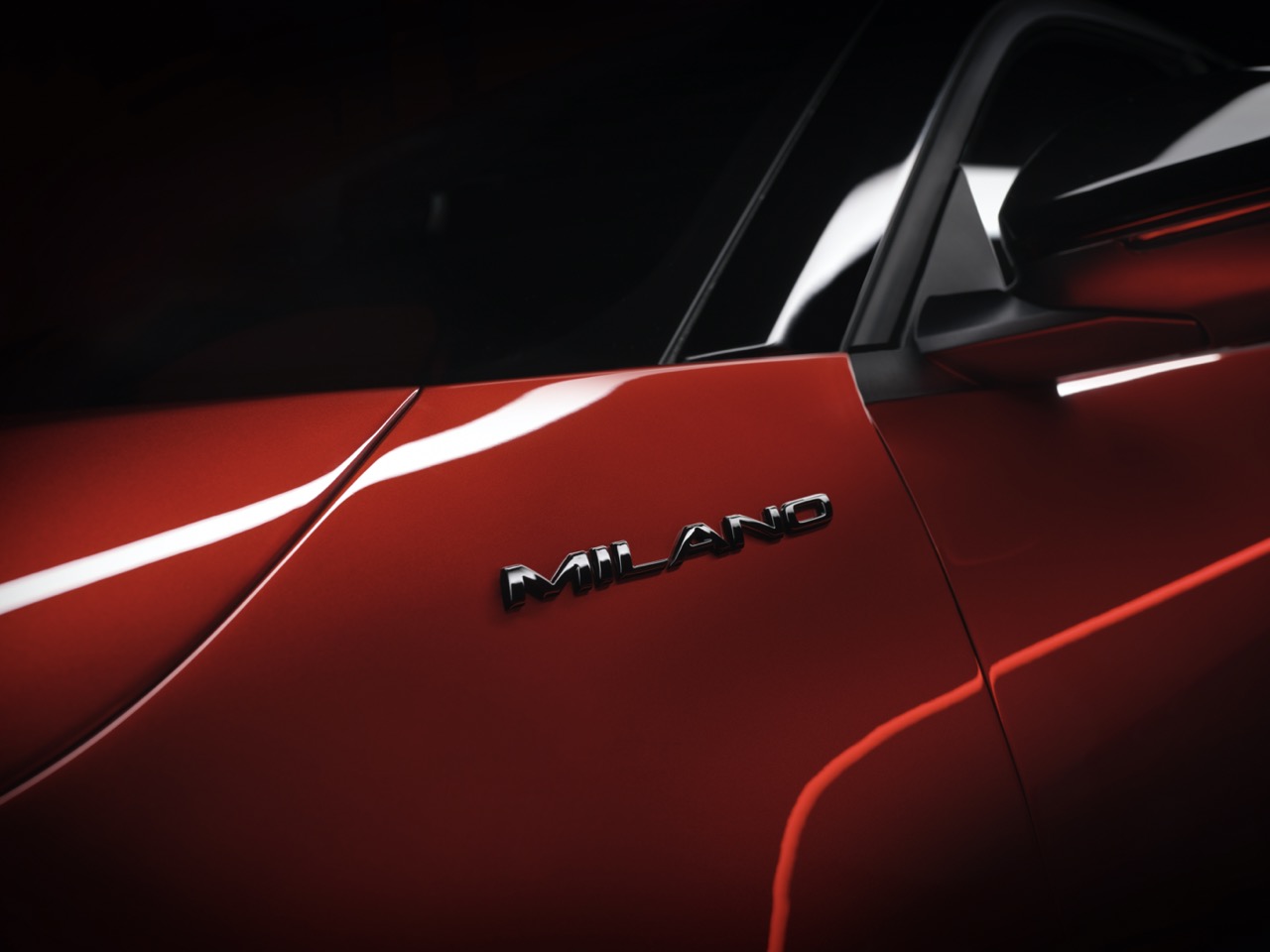
With dimensions of 4170mm length, 1780mm width, and 1500mm height, the Milano incorporates bold new design elements while paying homage to Alfa’s heritage with features like swollen wheel arches, a ‘coda tronca’ bluff rear end, and SZ-inspired headlights. Its distinctive front-end grille features stylised elements from the brand’s logo in electric versions. For reference, the smart #1 measures 4270mm in length, 1636mm in height, and 1822mm in width.

The Milano is available with either electric or mild-hybrid petrol power, sharing a platform with models like the Citroën C4, Fiat 600, Jeep Avenger, and Peugeot 2008. The Milano Ibrida combines a 1.2-litre three-cylinder petrol engine with a 48V starter-generator and a 28bhp electric motor for 134bhp and the option of short-distance EV driving. The Milano Elettrica features a 54kWh battery, offering a range of 410km and a front-mounted 154bhp motor for engaging performance.

Alfa emphasises the Milano’s driving dynamics, boasting optimal mass distribution and best-in-class handling tuned by the same team responsible for the Giulia GTA super-saloon. The top-tier Veloce variant offers the most driver-focused experience with a 237bhp motor, Torsen limited-slip differential, and agile chassis upgrades.

Technological features include LED matrix lights, a virtual assistant, and hands-free boot lid, while premium trims offer massaging seats and ambient lighting.
The same inspiration of pure sportiness can be found inside the car, where the standout features are the Italian attention to every detail, the use of the finest materials and the placement of all the controls within the driver’s reach. The instrument panel and its historical ‘Cannocchiale’ design creates that direct visual connection and persuades you to wrap your hands around the steering wheel, start the engine, and make the best of a unique driving experience.

In the middle of the cluster, the standout feature is a fully digital 10.25-inch TFT screen, to access the car’s data and the settings for the driving technologies. In the middle of the dashboard and oriented towards the driver, a 10.25-inch touchscreen system developed to work with widgets, graphic components designed for intuitive interaction with all the features, which can be customised via quick and easy drag and drop. Every user can create their own homepage, where each of the car’s features is an app in itself.

To further embellish the interior, the air conditioning vents in the shape of a quadrifoglio (four-leaf clover), the symbol par excellence of Alfa Romeo sportiness. To catch the eye and welcome the driver, optional Sabelt sports seats are available featuring an enveloping backrest that combines high mechanical resistance, perfect ergonomics and structural lightness.

The Milano is available for order in Italy and will launch in 28 markets over the next six months.








